Two remarkable concepts explore the ‘Form Zero’ of automotive design
The Volkswagen New Beetle was retired recently, the last car rolling off the line at VW’s Puebla, Mexico, plant and into the nearby Museum, as well as the history books. The New Beetle was always a nostalgia-mobile, but J Mays’ design for the original Concept One charmed us with its nostalgia, along with its circular, geometric purity.
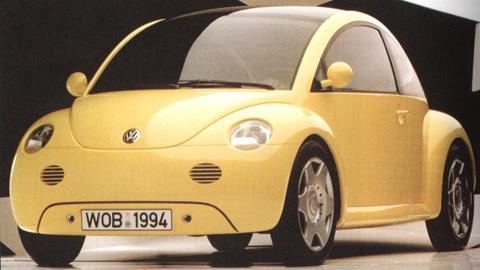
Such geometric purity is rare in the world of concept cars, as expressionistic, eye-catching forms tend to rule the turntables at auto shows.
This week, however, we will visit a couple of concept cars that are very geometric – aggressively so – and are, in many ways, anti-concepts, as their respective designers set out to flout all the conventions of car design. The cars, named ‘Lo-Res’ and ‘Consumer’, are currently on exhibit in Los Angeles and are definitely worth a visit.
Lo-Res
Lo-Res is familiar to readers of CDN, as we introduced the car back in 2016. The car, by Rem D. Koolhaas (nephew of the famous architect), was part of a larger art project to take objects like shoes, wine glasses, etc., scan them, and reduce the resolution of each generation, creating faceted and chunky forms where formerly curves prevailed.
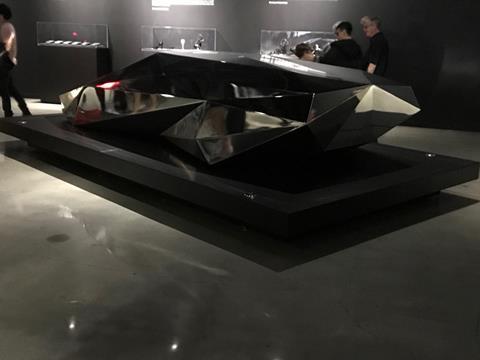
The Lo-Res car is based on the Lamborghini Countach, Gandini’s iconic design from the 1970s. Koolhaas and his team dialed down the resolution of the form in several generations. The first was shaped into faceted sculpture that was a sort of proof-of-concept of the process. The second one was reduced to a pyramid sitting on an inclined trapezoid.

The car is constructed of a steel frame overlaid with a transparent polycarbonate. To keep the geometry as pure as possible, there are no doors. The top of the body lifts, clamshell-like with electric motors. The seating within is a 1+1 configuration, with seats at the centre of the vehicle and battery banks on the sides.
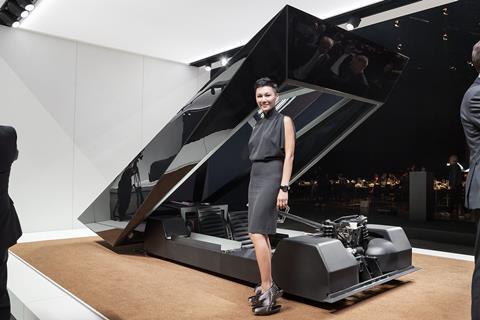
Certain interior elements like the hexagonal steering wheel are made of stainless steel, while the majority of the interior is kept matte black.
The car is electrically powered, with a speed governor that limits the car to 50km/h for safety.
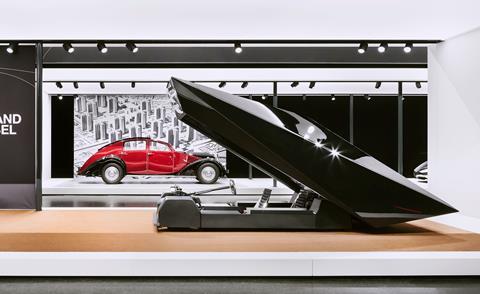
***
The Consumer
The Consumer is an experimental car designed by industrial designer Joey Ruiter. The latest in a long series of vehicular experiments, the Consumer strips the idea of a modern car to its basic essence. As for the name, Ruiter comments, it is a comment on the car, which “consumes everything,” – air, fuel, space, and with its ultra-flat black surface, even light itself.

The Consumer, at 135” (3429mm) long, and just 1250lbs (567kg), is compact enough for the urban environment. It seats four (with seat belts!) but without any modern creature comforts… or other safety protection. Riding in the Consumer is an experience in performance art – bring your helmet.
The front mask is notable because of the two-way mirror that covers three bands of LED headlights. Surrounding this assembly is a wraparound air intake for the engine. The lights are transformed into a blinding (54,000 lumens) solid panel of light in the dark. It is certainly a singular DRG statement.
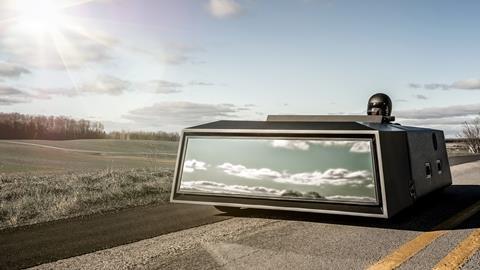
Any notions of traditional cabin architecture are non-existent, as there is no traditional cabin, no A or B pillars, no windscreen angle – indeed, no windscreen.
The body initially appears as a rectangular mass. Closer examination shows that the body is a bit more trapezoidal with a subtly faceted bonnet. The front of the car is a hinged metal shell that rotates forwards to expose the engine. The rear of the car is covered with a high tech acoustic material called Xorel. Indentions at the sides are the steps that aid in accessing the interior. There are no doors – thus no pesky door cuts – to deal with.
Naturally, everything is black-on-black-on-black. Any traditional rules of CMF combinations are rejected in favour of the ‘teenager’s wardrobe’ aesthetic.
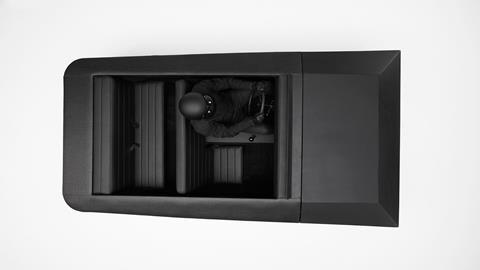
Both Lo Res and the Consumer can be seen together in a new exhibit called The Disruptors at the Petersen Automotive Museum in Los Angeles. Car Design News attended the opening party which included a brief chat with designers. Both Koolhaas and Ruiter spoke of getting back to the basics of form and ignoring both the usual design conventions and the necessary safety regulations, to approach some form of conceptual purity – an art object as much as a working car (though both cars can be driven – see videos below).
Though working independently and at different times, both designers spoke of eliminating the wheels as a design element to keep the form as pure as possible. Doors were eliminated for the same reason. Both were unconcerned with traditional notions of interior niceties and safety features, and both experimented with different notions of front and rear fascia, distilling them to their basic essence.

As for the exhibit itself, it is a mixture of agony and ecstasy. Besides the two cars, numerous Koolhaas objects including United Nude shoes and the interim sculptural model of Lo-Res are on display. For his part, Ruiter has various motorcycle and vehicle projects on view. A continuous loop of videos shows both cars in motion where they made a cameo appearance in various short films.
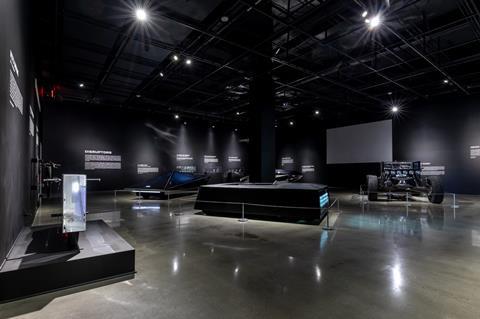
It’s a fascinating mix, and very provocative. The only shortcoming is that the room is painted black, the colour that matches the spirit of its contents, and makes the films easier to see. We get it – it’s an anti-gallery to match the anti-cars, anti-shoes, and so forth – but it is hard to get a real sense of the overall form of the vehicles, and the highlighting spotlights can blind you with the contrast…
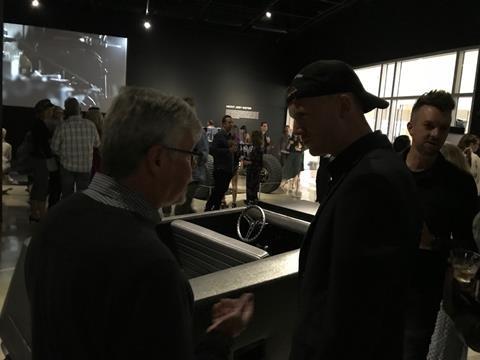
We stood in a corner with some designers, peering into the gloom and assessing the cars. Their comments noted the correct proportioning and stance of the vehicles. While acknowledging the anti-car spirit of the vehicles, it was clear to all that this was not anti-design. There is principle at work here.
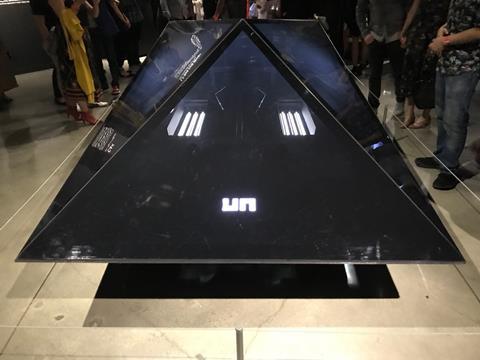
The Disruptors is an exhibit that needs to be seen if you are anywhere near the Los Angeles area. The cars themselves have come along at a time of great ‘disruption’ in the automotive industry itself. New powertrains, new ownership models, and autonomy pose a serious threat to the design status quo. Lo-Res and the Consumer, however impractical, force us to consider the car as a pure geometric object, and work outward from a “Form Zero” of massing, proportion and stance. Perhaps from this provocative starting point there may be an influence on a new generation of “real world cars”.
“Disruptors” is on view at the Petersen Museum in Los Angeles until March 2020.
www.petersen.org
See the Lo-Res and the Consumer have their various cameo appearances, below:
Consumer Car from Baas Creative on Vimeo.
Reboot Buggy from Baas Creative on Vimeo.
.










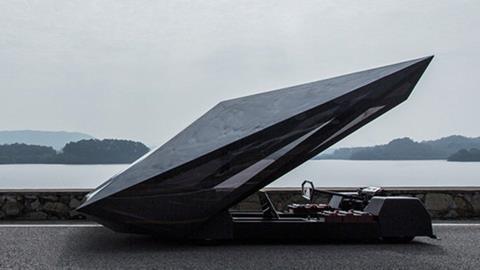
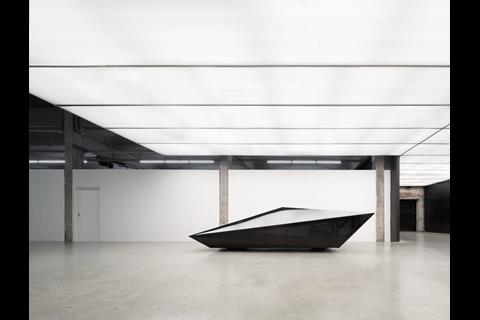
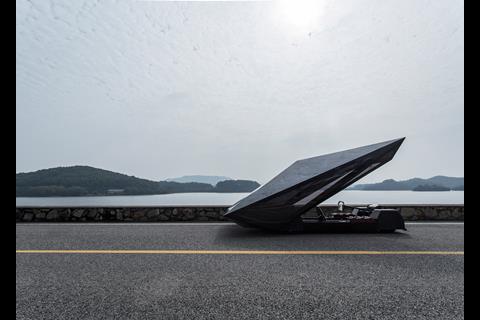

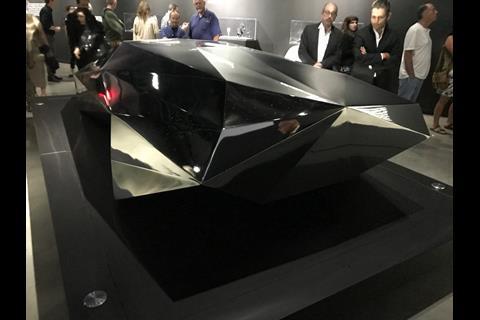
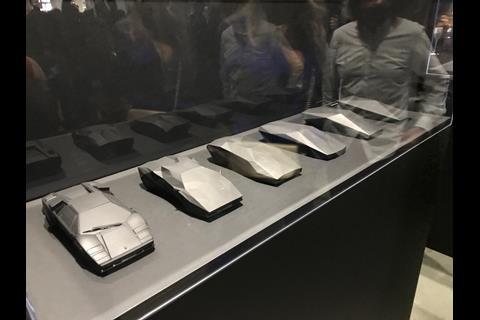
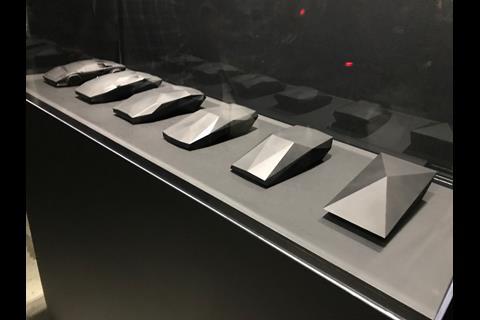
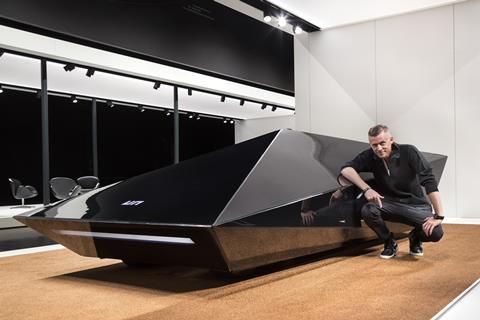



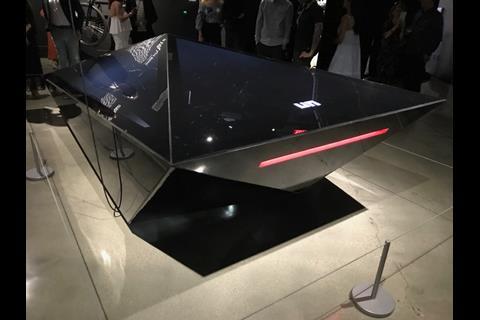
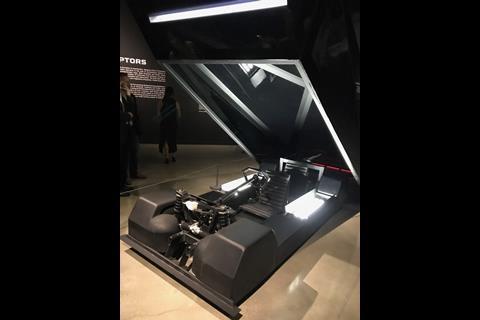


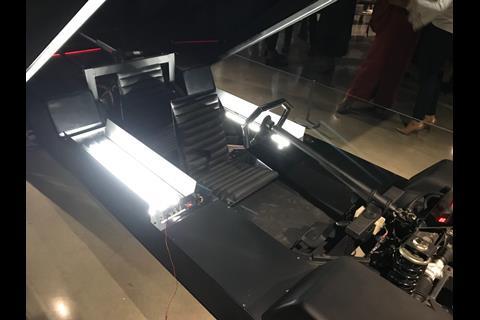

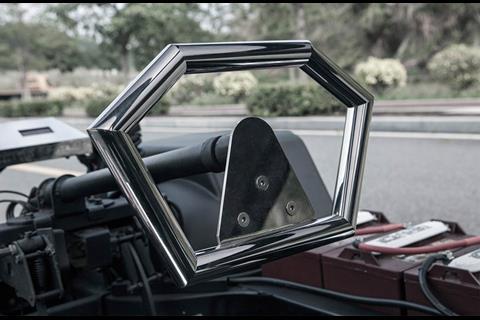

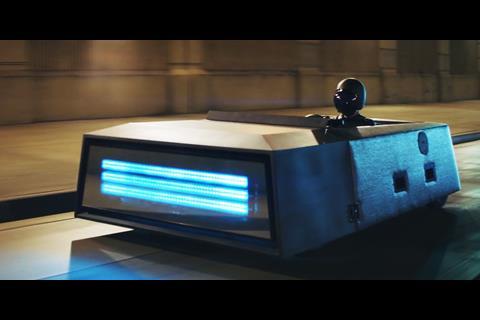

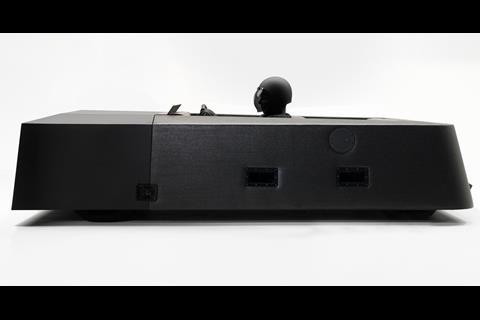

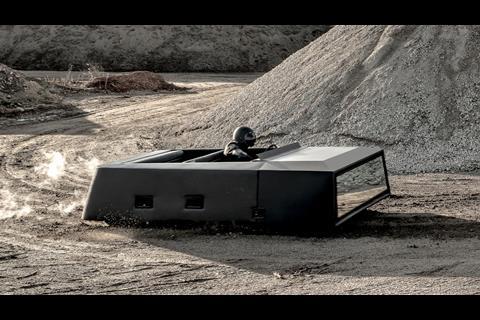
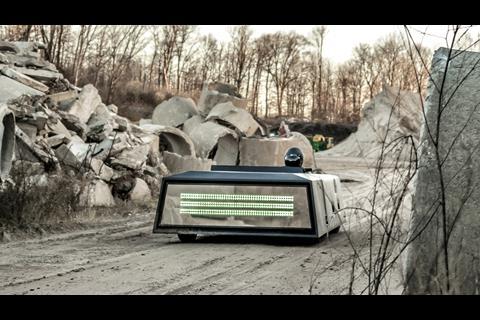

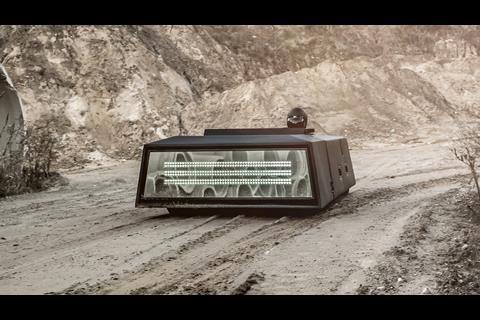
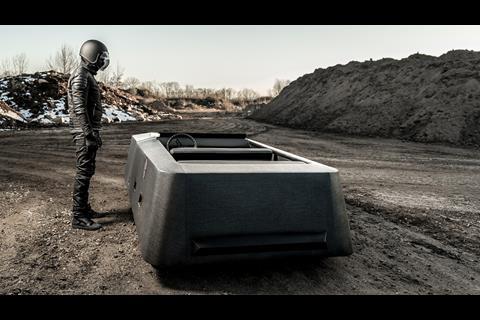
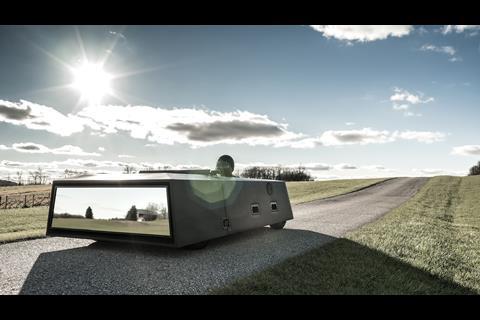
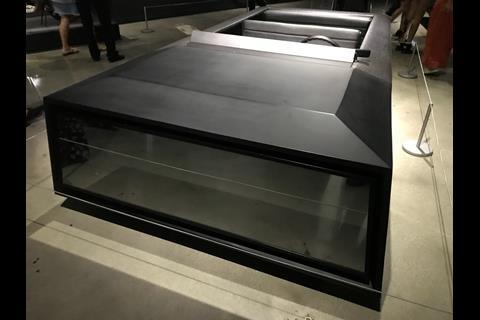
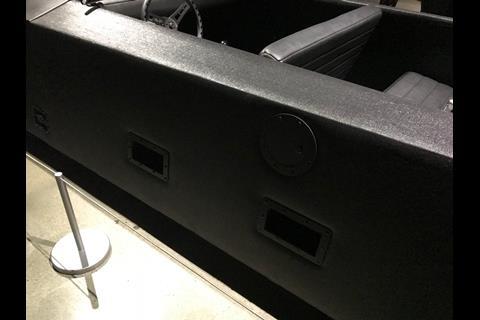
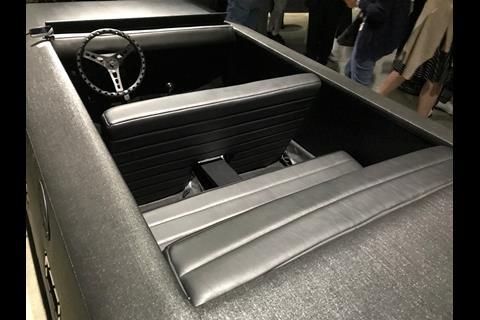
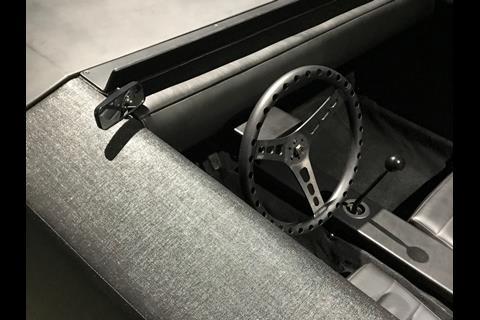
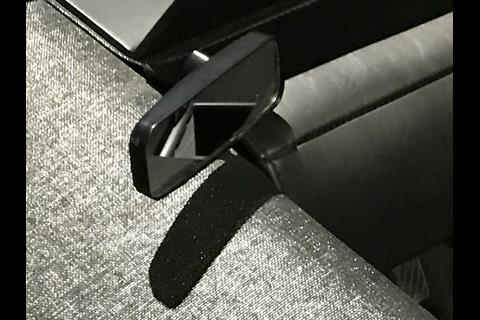

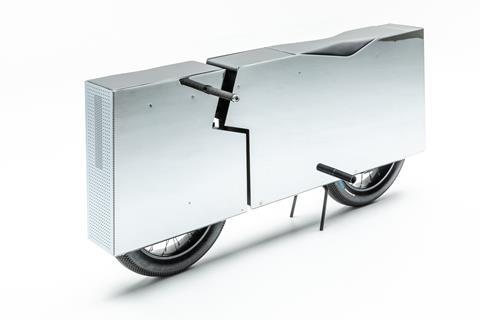
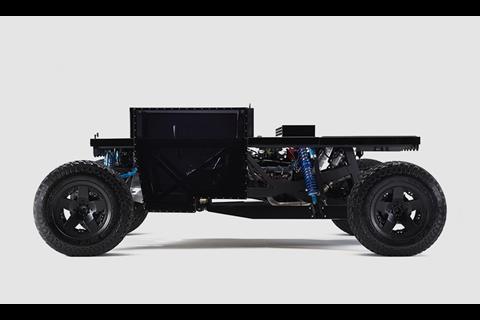
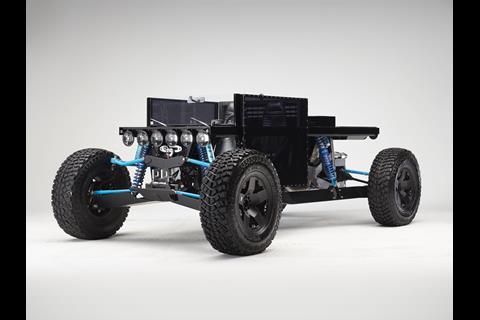


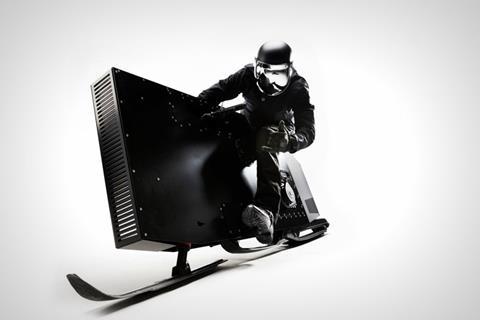

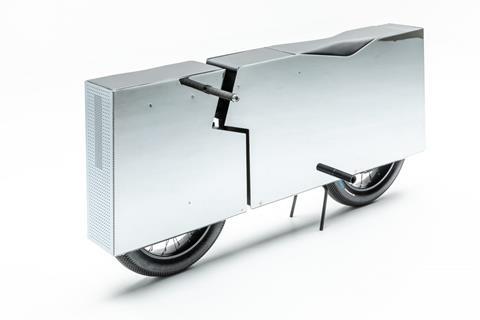
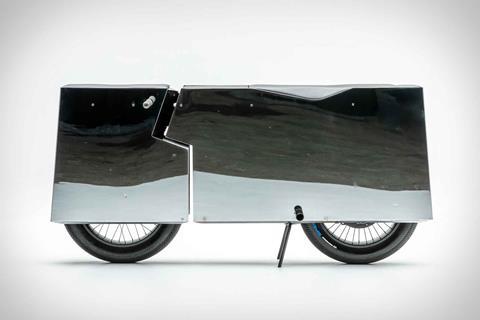
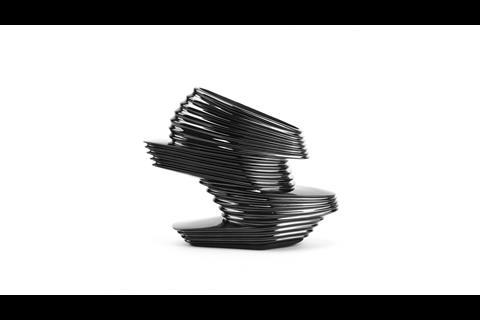
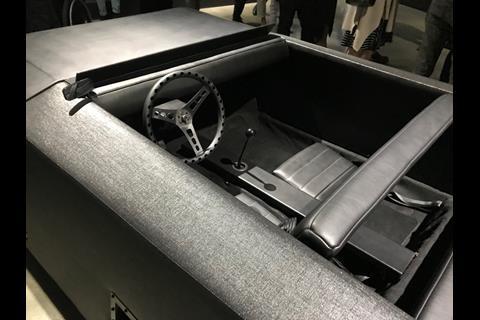
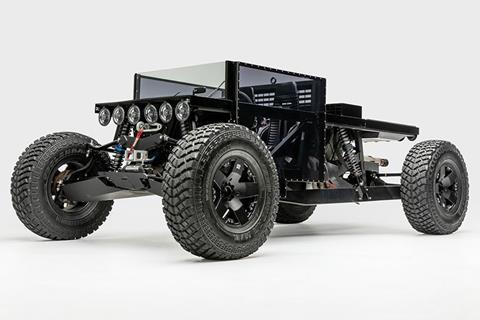
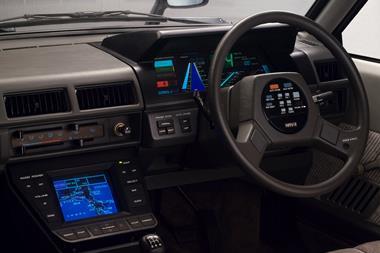

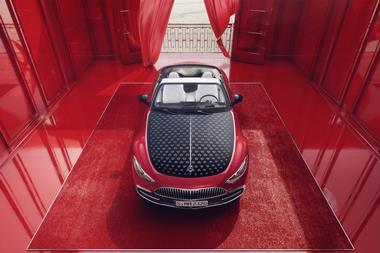
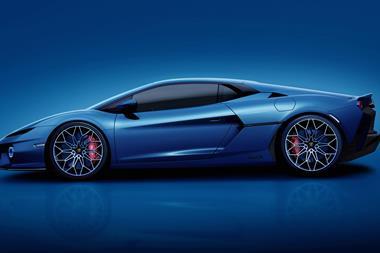
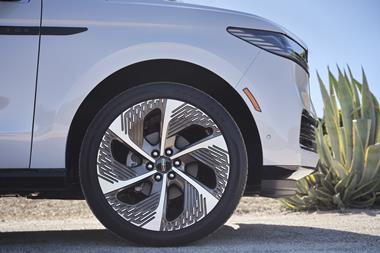
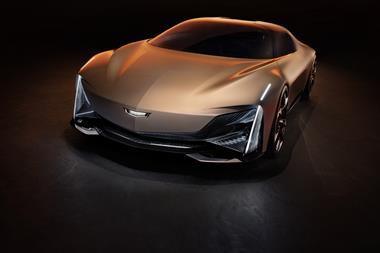



No comments yet